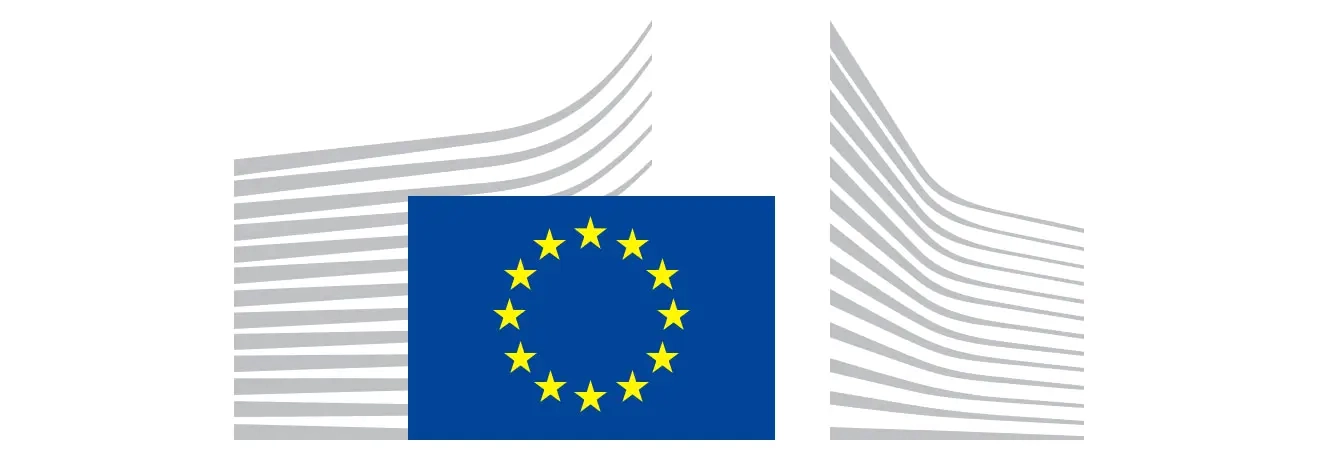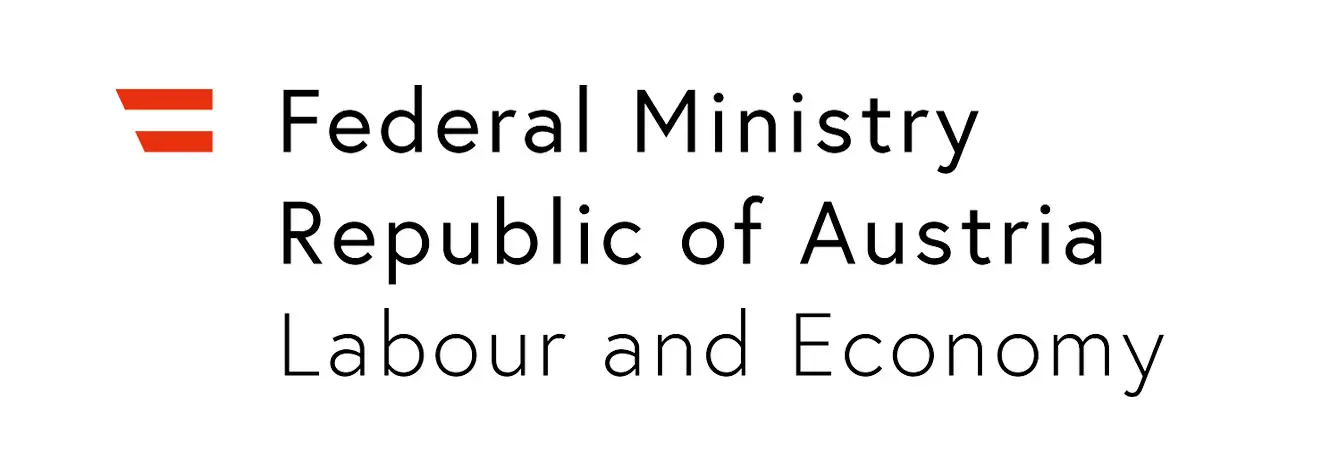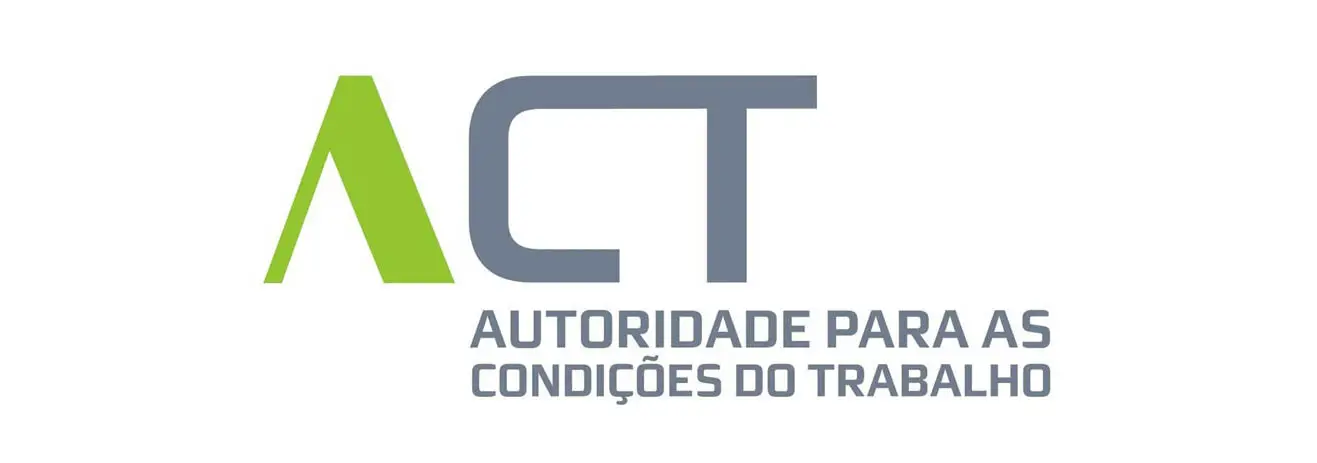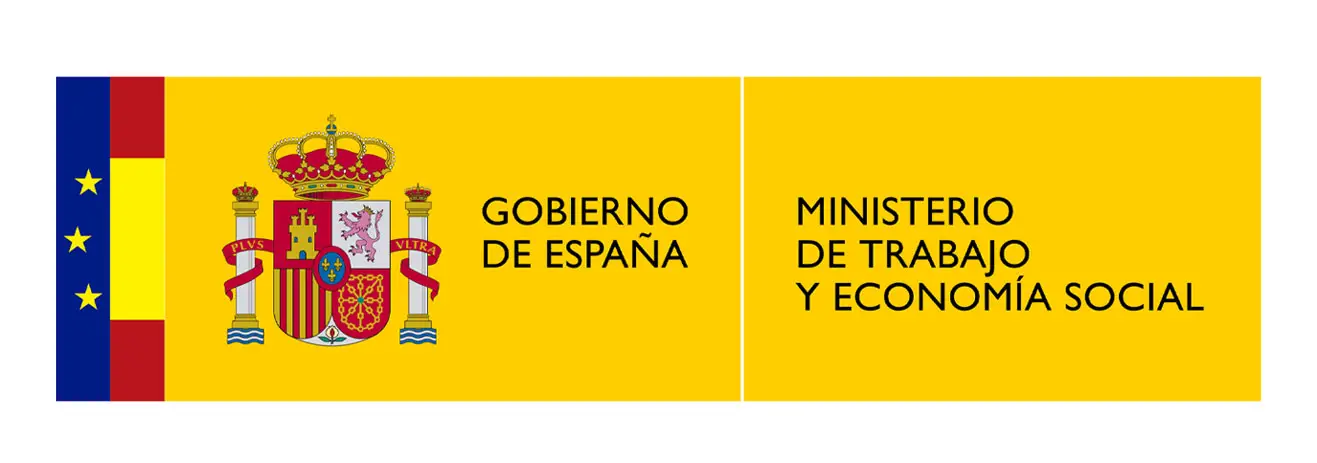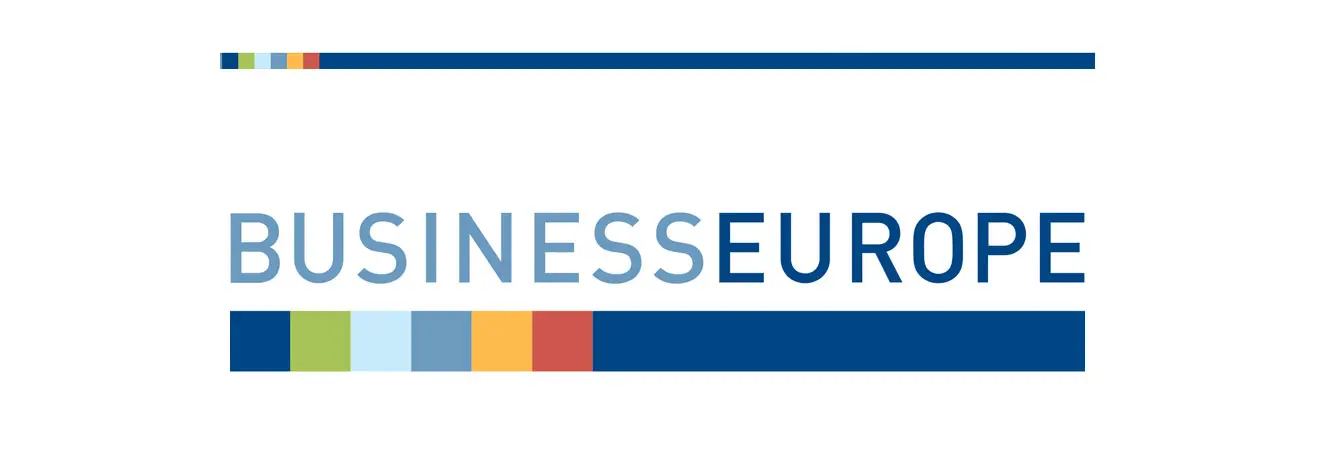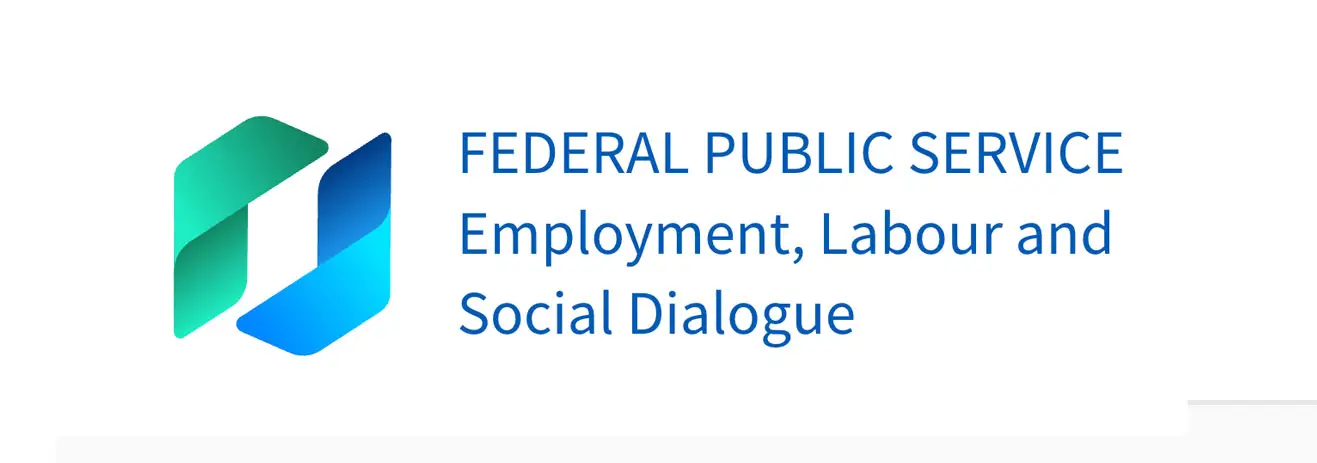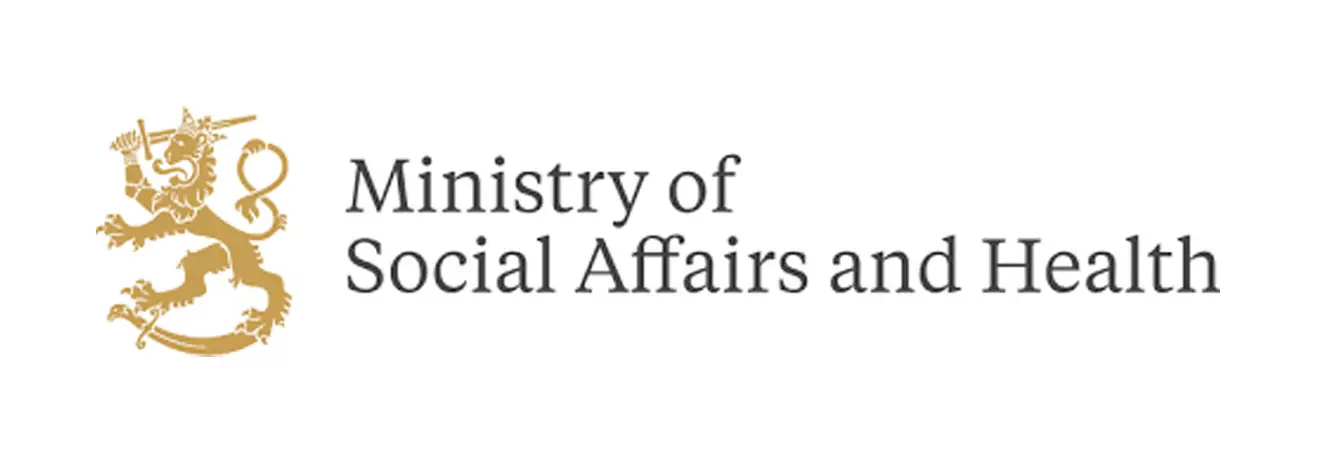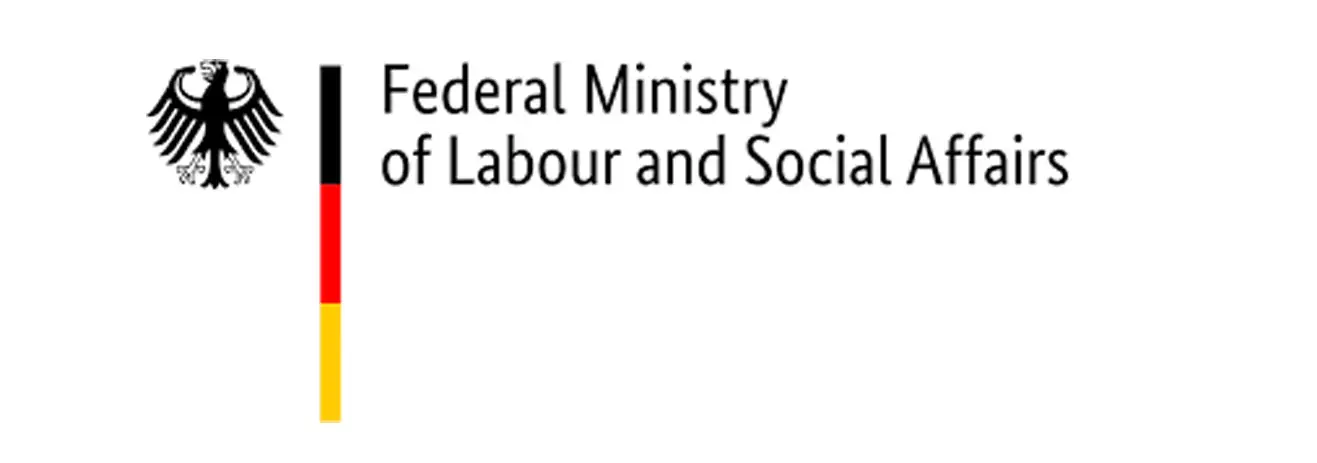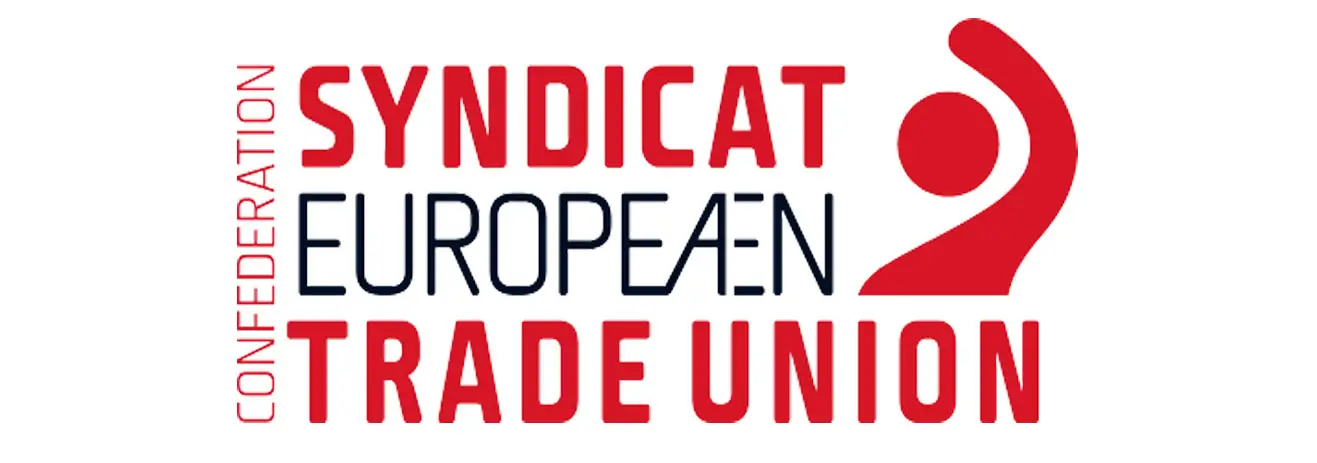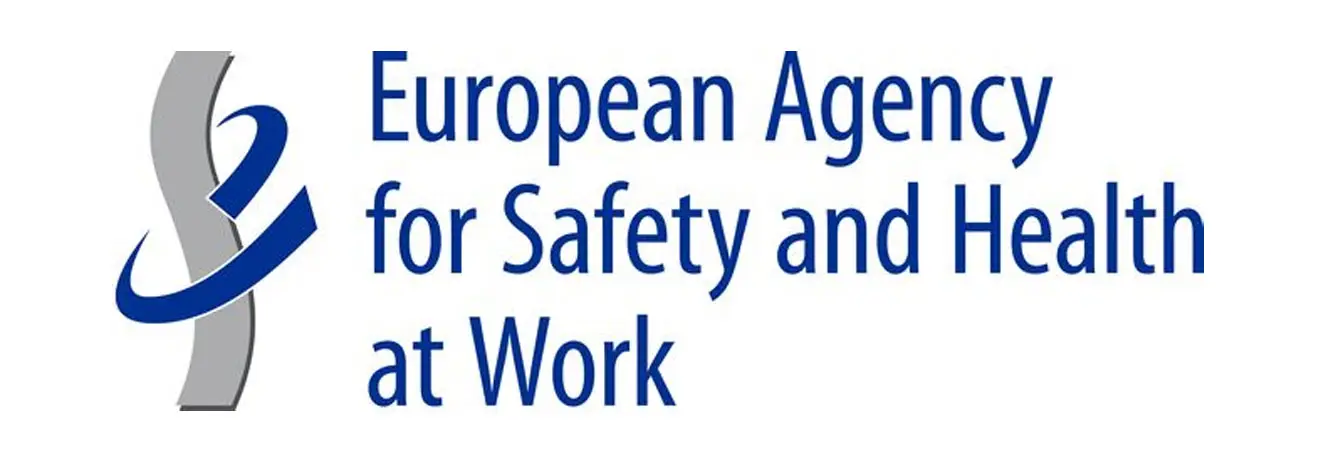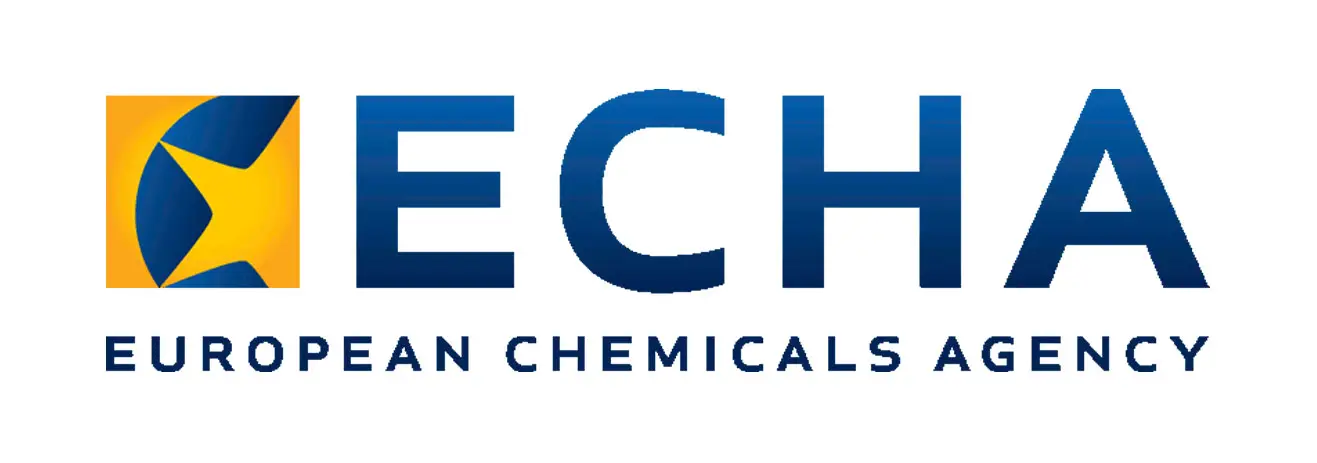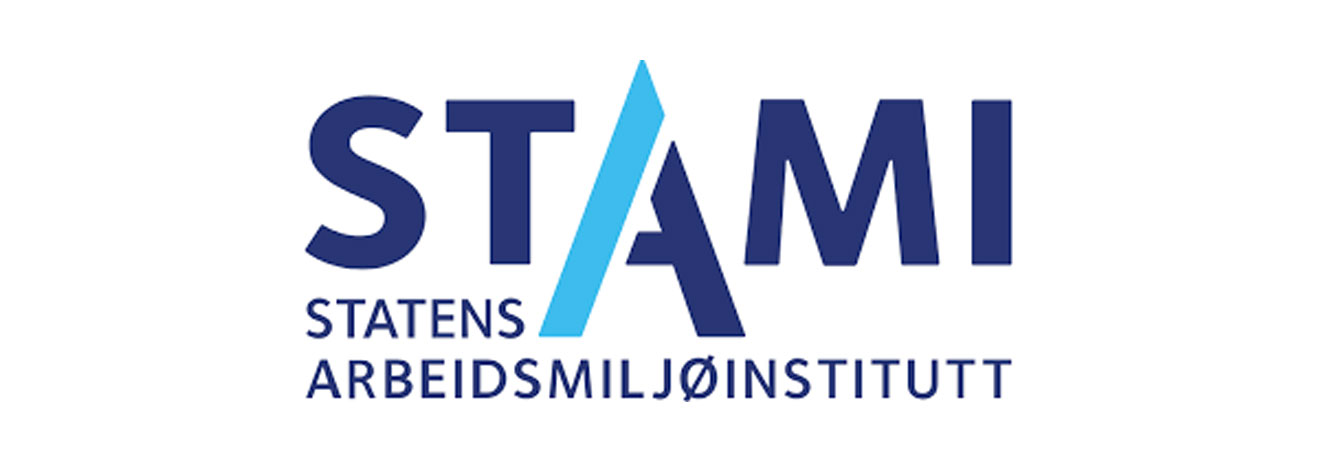As a paint preparer and mixer, your job involves working with various substances that may expose you to potential carcinogenic risks. These hazards can arise from the use of specific chemicals and compounds present in paints, solvents, and other preparatory materials. Substances such as benzene, formaldehyde, and volatile organic compounds (VOCs) may be prevalent in these materials.
Continuous exposure to these carcinogenic substances can elevate the risk of developing long-term health effects, including respiratory issues, skin disorders, and an increased likelihood of certain cancers such as lung cancer and skin cancer. To mitigate these risks, it is essential to prioritise safety measures and implement preventive practices.
Choosing alternative, low-VOC or VOC-free paint formulations are critical steps in reducing exposure to carcinogens. Adopting proper ventilation systems is a key technical measure reducint potential exposure to carcinogens. As improper practices can contribute to health risks, paint preparers and mixers should follow established guidelines for handling and disposing of hazardous materials. If necessary, using personal protective equipment (PPE) such as gloves and respiratory protection will further reduce exposure.
